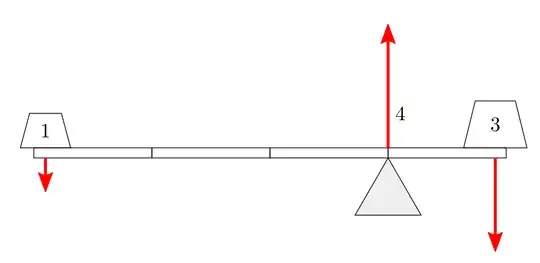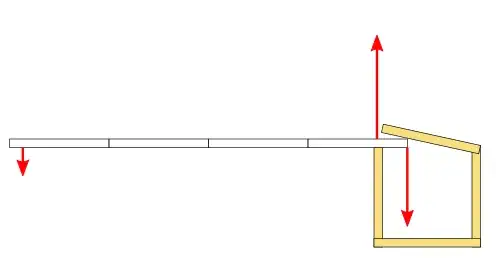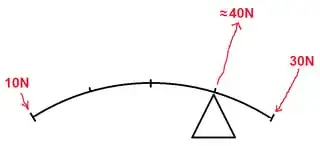You can look at this from the perspective of energy conservation.
The force applied to the long side of the lever is doing work, and because of energy conservation the short side of the lever is doing the same amount of work on its load.
$$W_{\text{in}} = F_{\text{in}} \cdot X = W_{\text{out}} = F_{\text{out}} \cdot Y$$
The distance that the long and short sides can move is constrained by the mechanics of the system. Therefore, the output force is the only variable that can account for the necessity of energy conservation.
In other words, X > Y requires that F(out) > F(in). As we know, the force multiplier is proportional to the ratio of the lengths of the levers.
$$F_{\text{out}} = \frac{X}{Y} \cdot F_{\text{in}}$$
Essentially, energy conserved everywhere in the system. At the contact points on the lever, and everywhere in the lever. Applying force to one side of the lever transmits force through the atomic bonds in the lever, and out the other side. From the classical perspective, it's Newton's Third Law in action.
As a counter example, if the lever was elastic, then the lever could flex and the simple proof above would not be true. Energy would be absorbed by the lever and the fulcrum and converted to heat or deformation.
So, it's the integrity of the rigid lever that requires this to be true, otherwise the lever would not be a rigid lever at all.


